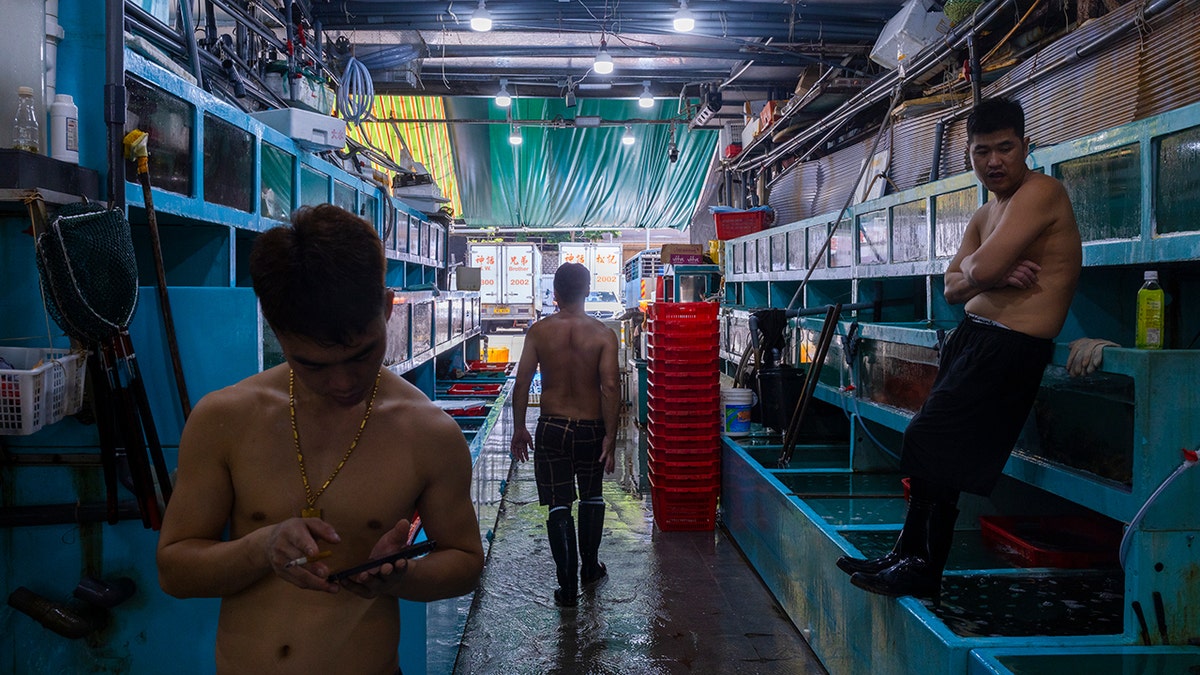With Tokyo poised to release treated radioactive wastewater into the Pacific, Hong Kong's Japanese restaurants and seafood suppliers are preparing for potential disruption. The Hong Kong government has announced an immediate ban on seafood imports from 10 Japanese prefectures if the Fukushima wastewater release proceeds.
Restaurant operator Sam Lam is already seeking alternative seafood sources, anticipating a 10-20% revenue decline despite menu adjustments. Customer concerns about seafood safety are rising, echoing anxieties across the industry.
Hong Kong, a major market for Japanese seafood, imported $546 million worth of aquatic products last year. The potential ban affects 10 prefectures that contribute approximately 15% of these imports. While substitutes are available, concerns remain about maintaining quality and customer perception.
Simon Wong, president of the Hong Kong Federation of Restaurants and Related Trade, highlighted the challenge of replacing the prestige associated with Japanese seafood. He recalled the year-long recovery after the 2011 Fukushima nuclear crisis and anticipates a similar, if not longer, period to rebuild consumer trust.
The 2011 earthquake and tsunami crippled the Fukushima Daiichi nuclear plant, leading to radiation leaks. Storage tanks for contaminated water are nearing capacity, prompting the planned release of treated water, a move endorsed by the U.N. nuclear agency as meeting international standards.

Despite sourcing seafood from unaffected regions, importer Christine Huang recalls the 50% revenue drop her company experienced after the 2011 incident. She fears a renewed dip in consumer confidence. Wholesaler Murakami Satoshi, who imports from Miyagi, plans to increase sourcing from other Japanese areas like Kyushu and Hokkaido to address client concerns.
Even businesses dealing in non-Japanese seafood are apprehensive. Fung See, a local seafood wholesaler, anticipates a 20-30% revenue decline due to general consumer anxiety. Oyster shop owner Wilson Lau, however, remains unfazed, citing the availability of oysters from other sources.
At Sam Lam's restaurant, fewer customers are ordering sashimi. One customer, Yo Kong, admitted to increasing her Japanese dining recently to enjoy it before the potential impact of the wastewater release. She plans to avoid sashimi for several months afterward.
Comments(0)
Top Comments